In the culinary world, a saucepan is one of the most essential tools in any kitchen professional's arsenal. Understanding what do you use a saucepan for can redefine how you approach cooking. This article dives deep into the various uses of saucepans, serving as a guide for kitchen enthusiasts and professionals alike.
From simmering sauces to boiling pasta, a saucepan's versatility is unmatched. Its unique shape and size make it ideal for a range of cooking techniques that every chef should know about. Let's explore the remarkable world of saucepans, their significant uses, and some tips on maximizing their potential.
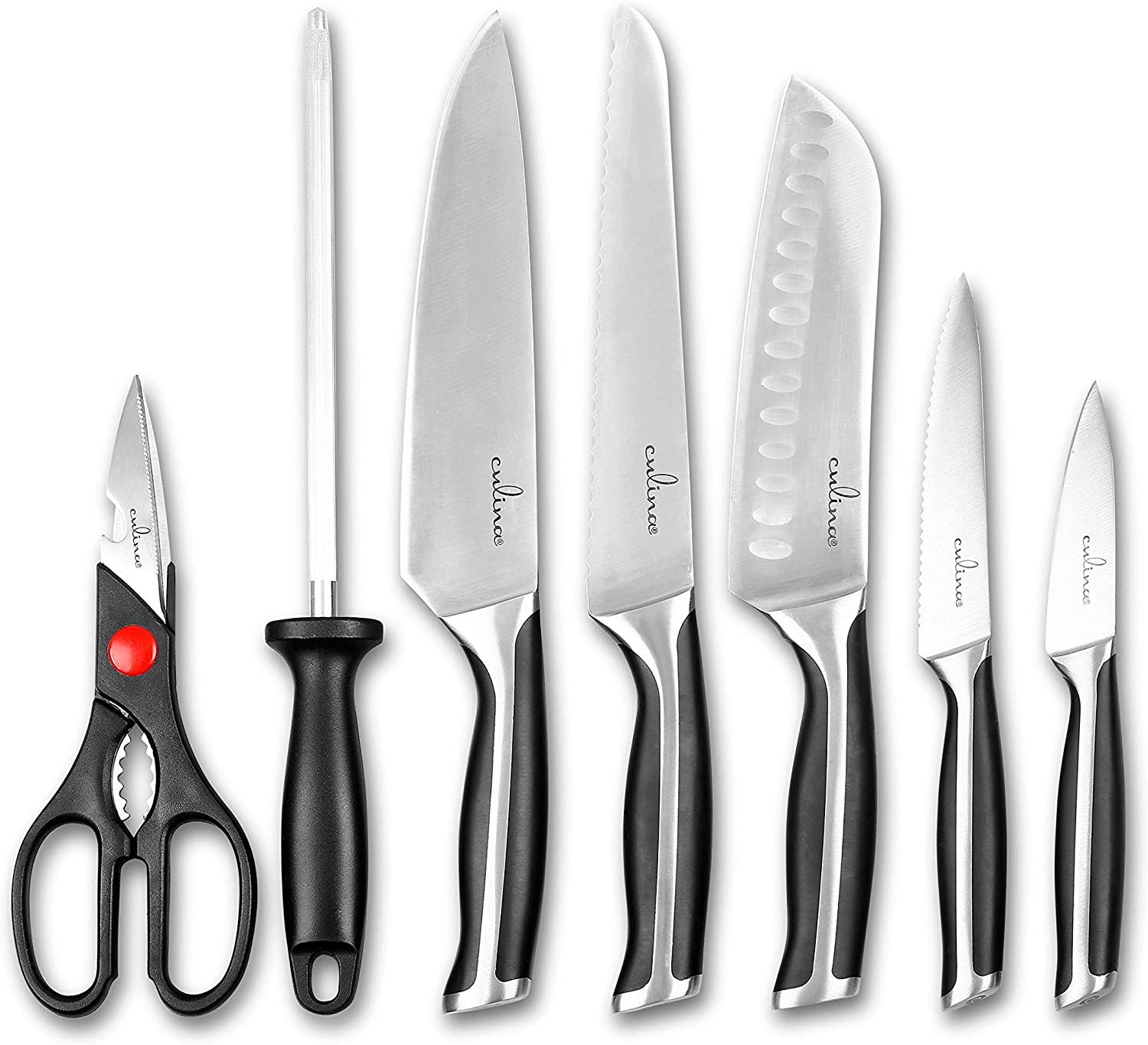
1. The Basics of a Saucepan
A saucepan typically comes with high, straight sides and a long handle. These features are critical for both functionality and safety. Understanding the design is the first step to answering the question: what do you use a saucepan for? Its primary purpose is to handle liquid-based cooking tasks efficiently.
1.1 Cooking Techniques Involving Saucepan
A saucepan can be used in numerous cooking techniques, such as:
- Simmering: Ideal for soups and stocks.
- Boiling: Perfect for pasta and vegetables.
- Steaming: Using a steamer insert makes this possible.
- Reducing: Essential for sauces to thicken and intensify flavors.
:max_bytes(150000):strip_icc()/Web_4000-sea-product-cuisinart-multiclad-pro-triple-ply-1-5-quart-saucepan-ashlee-redger-70-0fef70d6e0b1428fa56b43d1507a0ab6.jpg)
2. Common Uses for Saucepan
It's vital to harness the full potential of your saucepan. Here are some common uses:
2.1 Preparing Sauces
A saucepan is the go-to choice when you're preparing sauces. Whether you're making a basic tomato sauce or a sumptuous bchamel, the uniform heat distribution allows for a smooth consistency.
2.2 Boiling Grains
Another remarkable use is boiling grains. Rice, quinoa, and even couscous can be cooked to perfection in a saucepan, thanks to its controllable heat source.
2.3 Making Soups and Stews
From hearty chowders to light broths, a saucepan is perfect for creating soups and stews. The straight sides help in preventing spillage, while the depth ensures even cooking.
2.4 Cooking Breakfast Items
Surprisingly, many kitchen professionals might overlook a saucepan when it comes to breakfast. However, it's perfect for boiling eggs, making oatmeal, or preparing crepes. You can even make coffee using a saucepan, which can be quite delicious!
For a detailed guide on making coffee in a saucepan, you can refer to this coffee-making guide.
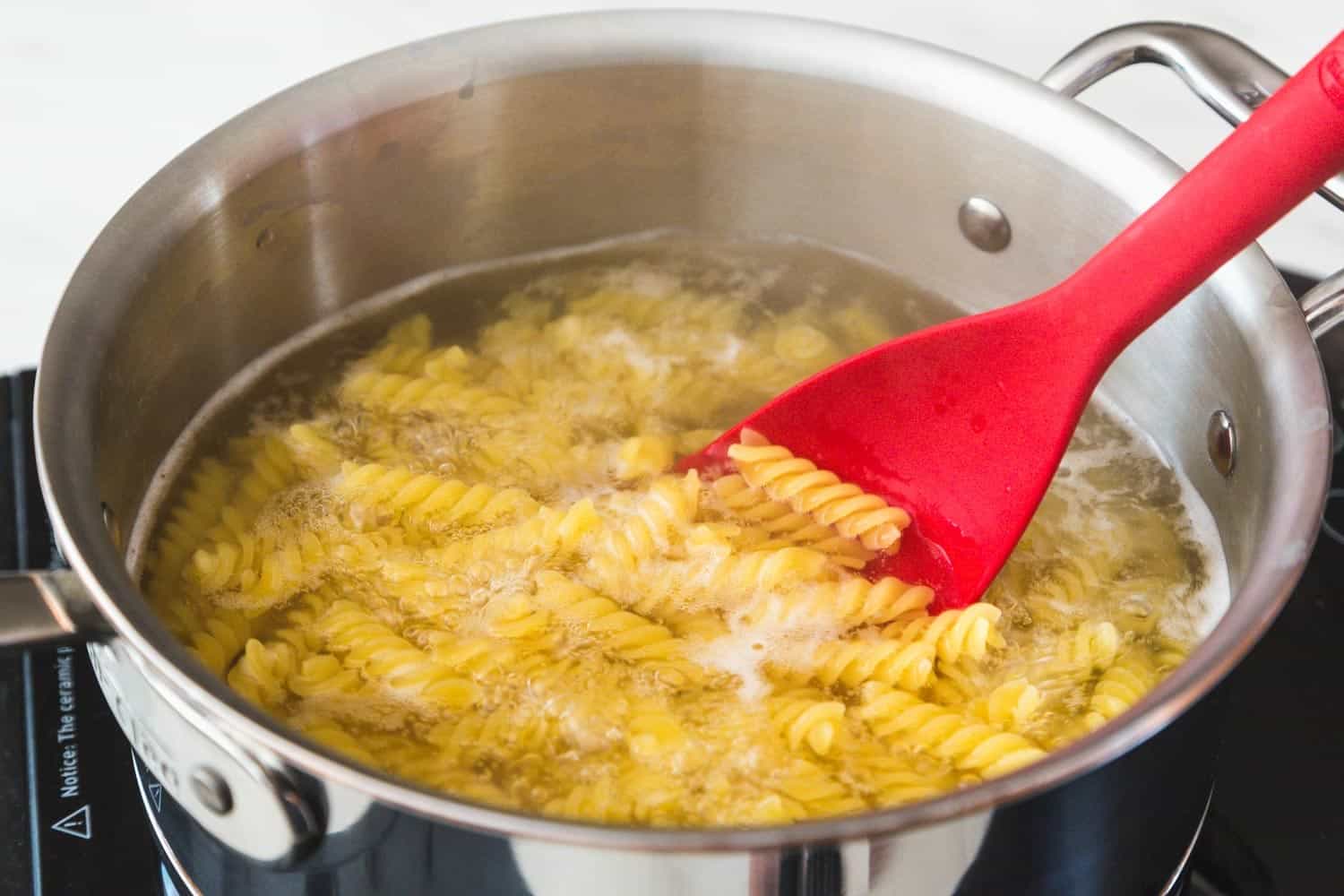
3. Choosing the Right Saucepan
The material and size of a saucepan significantly impact your cooking. Here are some tips to choose the right saucepan:
3.1 Material Considerations
Common materials include stainless steel, non-stick, and cast iron. Each material has its unique attributes, making them suitable for different cooking methods.
3.2 Size Matters
Understanding how big a saucepan should be for your cooking tasks is crucial. A large saucepan may be needed for pasta while a smaller one is perfect for sauces and gravies. For a detailed overview of sizing, check out this saucepan sizing guide.
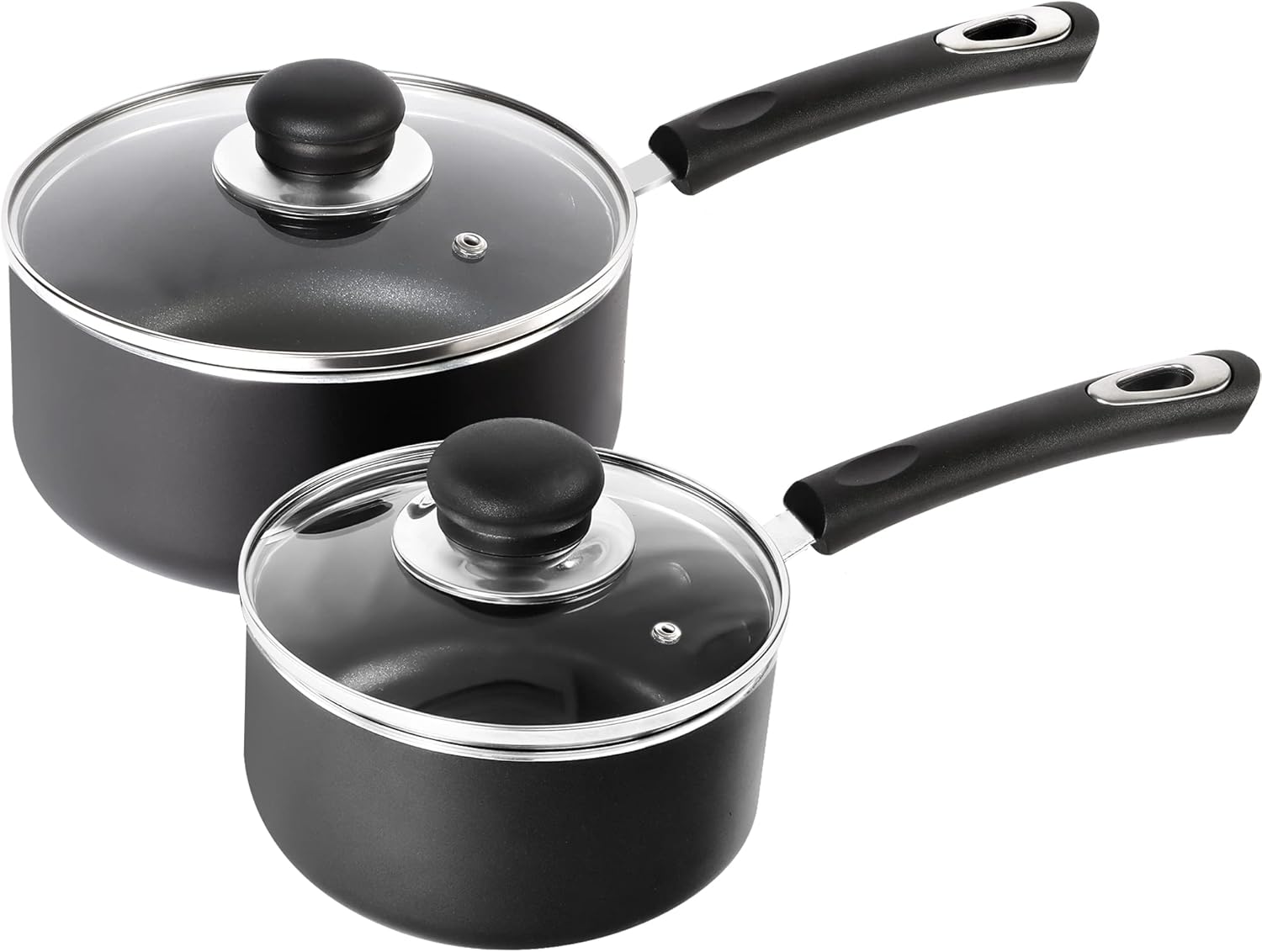
4. Care & Maintenance of Saucepan
To ensure longevity, caring for your saucepan is essential. Here are some tips:
- Always follow the manufacturer's cleaning and maintenance instructions.
- Avoid using metal utensils on non-stick pans to prevent scratches.
- Store your saucepans properly to maintain their quality and reduce wear.
5. Frequently Asked Questions
5.1 Can I use a saucepan for frying?
While a saucepan can handle frying, it's not the most ideal. A skillet or frying pan is usually better suited for frying purposes.
5.2 What is the difference between a saucepan and a pot?
A saucepan typically has a narrower base and higher sides, whereas pots are generally larger with a wider base. This affects their heating capabilities.
For more insights, read this informative comparison guide.
5.3 Are non-stick saucepans worth it?
Non-stick saucepans are excellent for certain cooking tasks, particularly those that require low-fat cooking, as they require less oil and prevent food from sticking. However, they may not be suitable for high-heat cooking.
Conclusion
Understanding what do you use a saucepan for can dramatically improve your cooking techniques. From sauces to soups, the versatility of saucepans makes them indispensable in the kitchen. By choosing the right saucepan and caring for it correctly, you will undoubtedly elevate your culinary creations.
As an Amazon Associate, I earn from qualifying purchases.

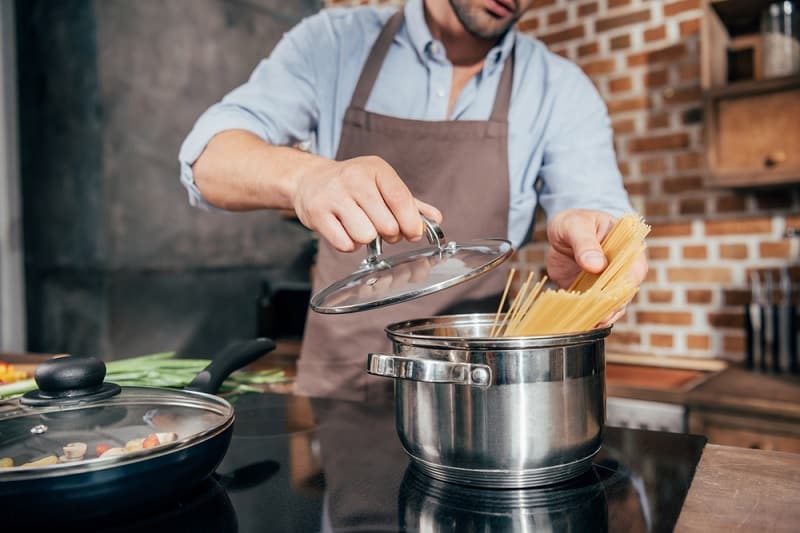


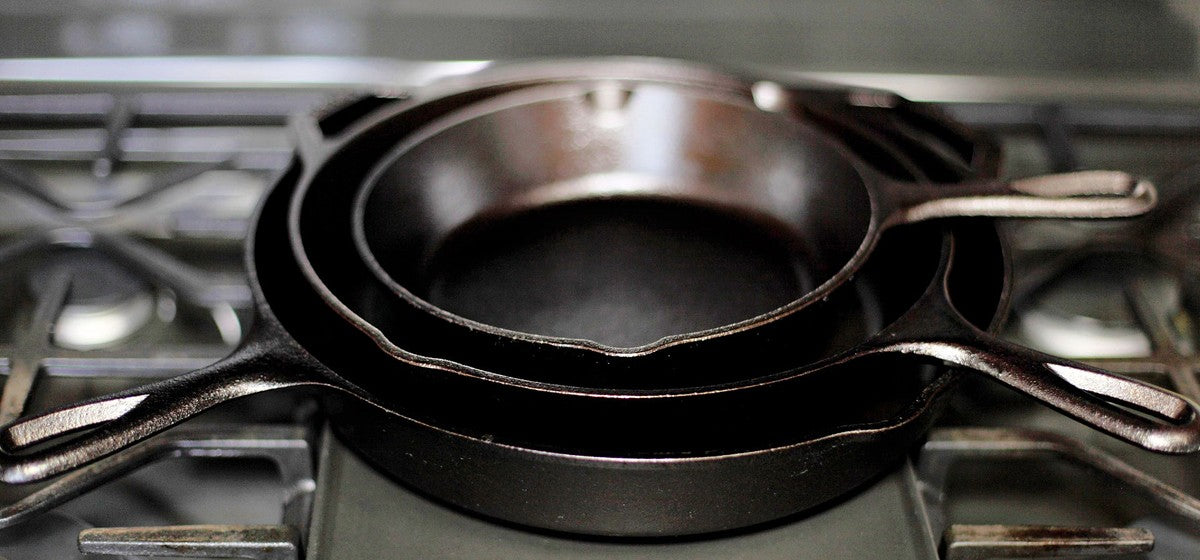
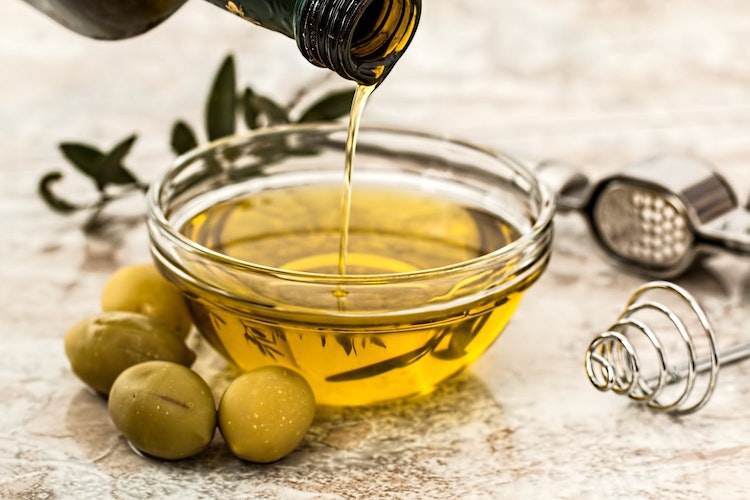
Leave a comment
This site is protected by hCaptcha and the hCaptcha Privacy Policy and Terms of Service apply.